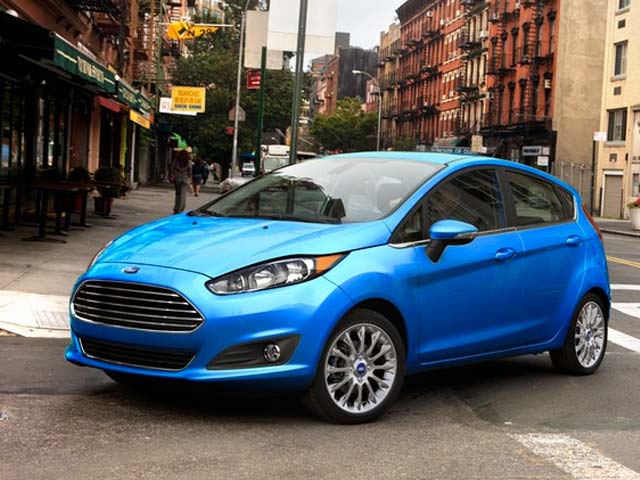The Strain & Opportunity for the Home Delivery Supply Chain

With online orders skyrocketing, many of the world’s largest retailers and logistics companies are struggling to meet the delivery demand. FedEx and UPS have both canceled their shipping guarantees, and according to Fast Company, Amazon announced the suspension of their third-party delivery so they can put all of their attention on the shipment of their own goods. Online orders of non-essential items are seeing delivery dates of weeks, while essential items are taking days to arrive.
With the home delivery demand of goods and services continuing to rise, will the supply chain and strained delivery systems be able to keep up? What do supply chain professionals need to consider and understand about the bottlenecks that are preventing timely delivery and what can be done to keep last mile moving?
The Clog in the Delivery Pipeline
Several factors make up the home delivery supply chain, not just high order volumes. Amid a global pandemic, lack of drivers, health, and safety also contribute toward the blocks taking place in the home delivery channels.
Truck Driver Shortages
The last mile industry is no stranger to truck driver shortages. Pre–COVID-19, the industry was experiencing a truck driver shortage of an estimated 1.1 million over the next decade. With the increase of online orders putting added stress on shipping and delivery, the coronavirus is creating a greater shortage of an already burdened profession. DMV and commercial truck training locations are closed across the country, abandoning the requests by many to deem both as essential businesses to keep America moving. The closures have quickly stopped between 25,000 and 40,000 new truck drivers from getting on the road.
Driver Health and Safety
All delivery drivers are deemed essential and for some that could mean driving across the country while handling goods from around the world, putting drivers and their loved ones at higher risk of exposure to COVID-19. While there are protocols in place, they are not mandatory and despite the risk, not all are going to follow the recommended guidelines. Of the almost 2 million truck drivers in America, more than 20% are owner-operators, meaning contracting COVID-19 could be financially crippling with the lack of health insurance or paid sick time.
Panic Buying
We have all seen the toilet paper shortage that is taking place, in fact, I still cannot find toilet paper in a local market. Panic buying burdens the funnels of the supply chain, ultimately affecting the last step of the supply chain – home delivery. Home delivery having already been impacted by the shortage of drivers becomes even more drained with excessive online orders and impulse buys that lead to large, multiple shipments to some and due to shortages, sparse and delayed shipments to others.
Where Are all the Vehicles?
Even if we solve the driver shortage, will drivers be able to get a vehicle? With the majority of automobile manufacturers having announced temporary closures of their plants, we are going to experience a delay in automobile production. The problem is, although some plants might be running, the chances that the facilities where they receive their parts from are running is rare. In due course, this will lead to a vehicle ordering shortage, as well as a delay in the availability of the 2021 automotive releases.
3 Ways to Combat These Challenges Now
Stabilize the Supply Chain
With extreme demand on products and production, drivers cannot do their jobs efficiently. The coronavirus has been a wake-up call to supply chain management, highlighting the areas of the supply chain that were not prepared for this pandemic. While the lessons learned can be beneficial in preparing for possible future events, it is not helpful in outlining what can be done now to normalize and move forward. Here are 3 things a supply chain can do now to help decrease the impact on home delivery.
- Prioritize – find the critical gaps in production, labor, storage, and delivery
- Actions – think of short- and long-term actions you can take now to utilize suppliers and networks more effectively to shorten disruption, such as source materials from local vendors
- Visibility – open visibility to your supply chain ecosystem – identify strengths and weaknesses. Create new strategies to streamline the production and forecasting process today and in the future
Getting Drivers on the Road
Sourcing alternative vehicles to combat the influx of needed delivery providers could help ease the already taxed delivery system. Last mile deliveries can be done in vans, transits, and even vehicles – eliminating the need for CDL licensing and commercial training. Removing this barrier could allow online retailers and logistics companies to tap into the recently unemployed who are seeking new opportunities.
Hazard Help for Drivers
With so many of the last mile drivers America relies upon to get products to end users working as sub-contractors, it would be worthwhile to invest more in the driver. Many US companies are increasing pay to hourly workers as hazard pay to combat the potential exposure to COVID-19, this should happen for the outsourced driver as well. Creating access to a healthcare fund or hazard pay if exposed to COVID-19 could secure drivers for a longer period of time, while also eliminating the driver’s fear of being without income if exposure occurs.
What Can Be Done to Keep Product Moving?
Merchants Fleet understands the evolving needs of last mile clients and how to reduce the impact on the supply chain. To assist clients, Merchants is highlighting their short-term lease offerings on cargo vans during peak demand, eradicating the need for specific licensing and still allowing drivers and retailers the ability to deliver essential goods and services to end users, without a long-term commitment. In addition, Merchants Fleet has commercial pickup truck rentals and other vehicles readily available to handle surges – while also having the ability in some cases to act as the DMV.




